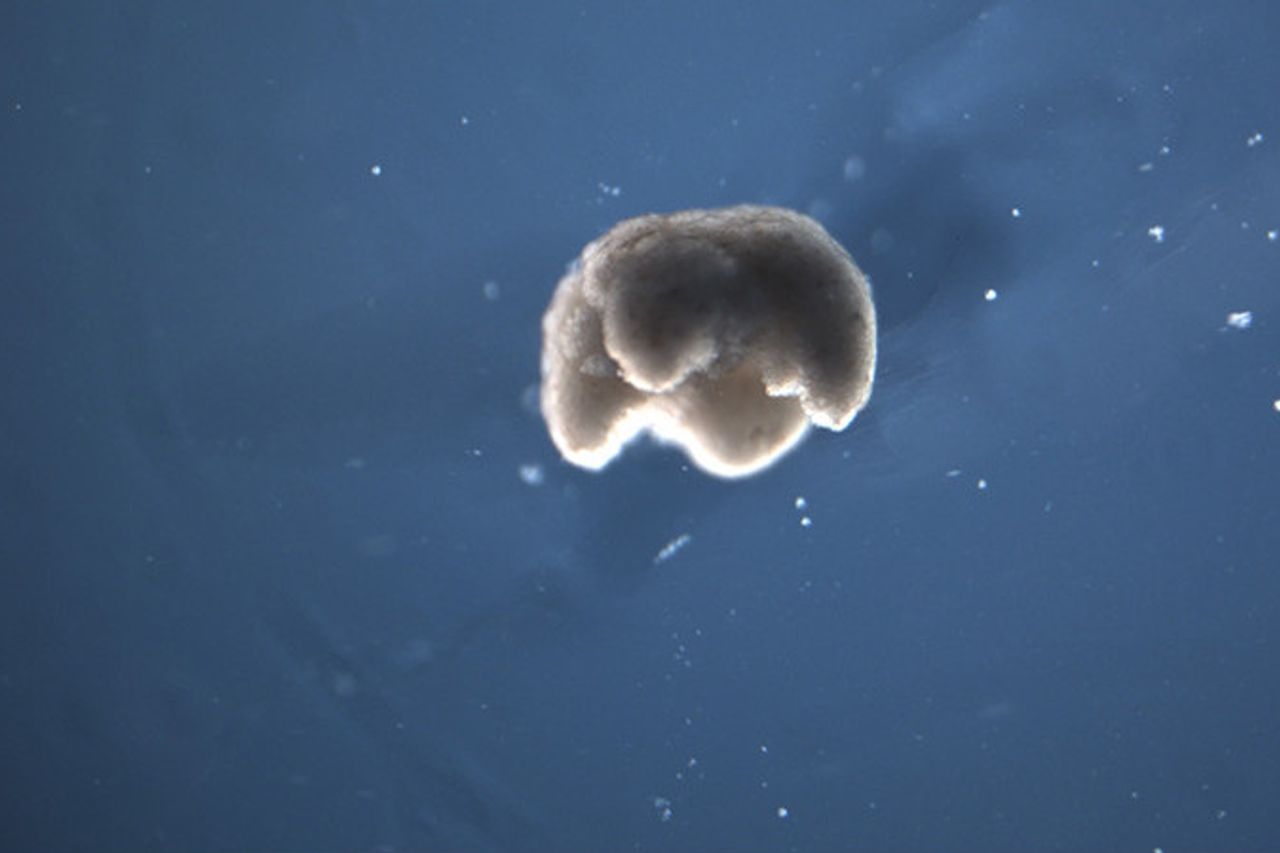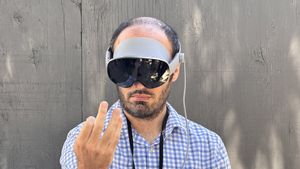Xenobots, The First 'living Robots' Created From Frog Cells

JAKARTA - No matter how advanced humans are, they may not be able to create new living things. However, to develop existing organisms and create them into new organisms, it is no longer a science fiction story.
As quoted by scientificamerican.com, scientists from the University of Vermont in the United States succeeded in conducting experiments that took cells from frog embryos, then developed by algorithms so that new organisms were created. Researchers call it the world's first 'living machine'.
The 'living machine' is taken from the original stem cell of an African frog called Latin Xenopus Laevis. Therefore this semi-robotic organism is named Xenobot.
In the photo attached to the scientificamerican.com page, you can see that Xenobot is still a lump of flesh, and there are four lumps protruding from his body. The blob is known to have only a size of 0.04 inches.
These organisms can move on their own, heal wounds on their own, and can survive for weeks. While these organisms can also potentially be used to deliver drugs in the human body.
"The Xenobot is not a traditional robot or a known animal species. This is a new discovery: a living, programmable organism," said University of Vermont robotics Joshua Bongard. He is also a person who is one of the researchers of the experiment.
Algorithm program assisted
In its formation, algorithms play a role in creating evolution in cells. These cells can grow by developing skin and heart from stem cells, thus becoming a network of hundreds of cells. The cells then move from the stimulation generated by the heart muscle tissue.
In the process, the scientists gave computer control to the Xenobots, such as helping to maximize the muscle tissue of the Xenobot, and enabling the organism to move in water. In addition, the best performing bots - automated computer programs-- perform the 'reproduction' process. Then as with the principle of natural evolution, imperfect forms that arise as a result of this process will be automatically removed by computer programs.
The working principle of the evolution algorithm is then applied to stem cells in order to create a three-dimensional shape that has been designed. So that the stem cells taken from the frog embryo can become new organisms.
In addition, one of the research team, Michael Levin, said this new discovery could be used for various purposes. These include addressing the problem of radioactive contamination, collecting microplastics in the sea or even digging plaque from human arteries.


